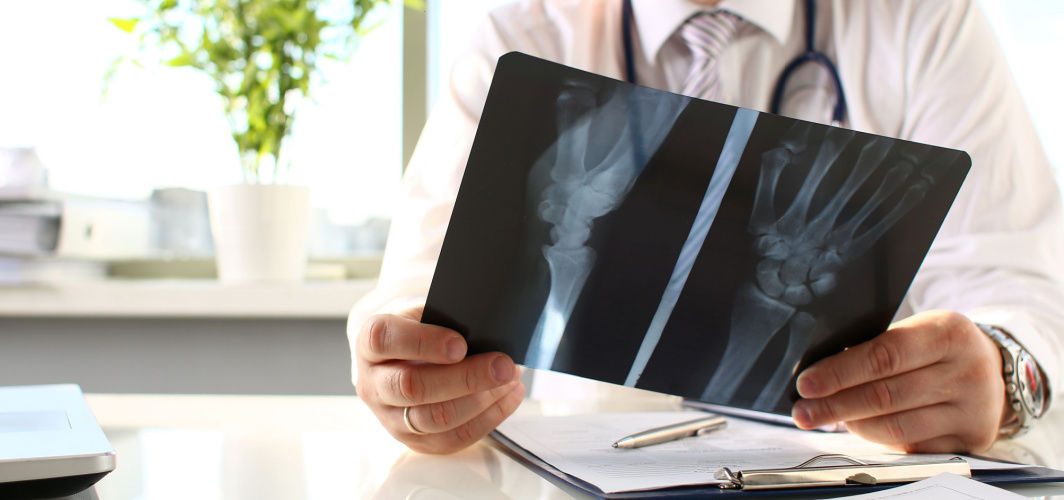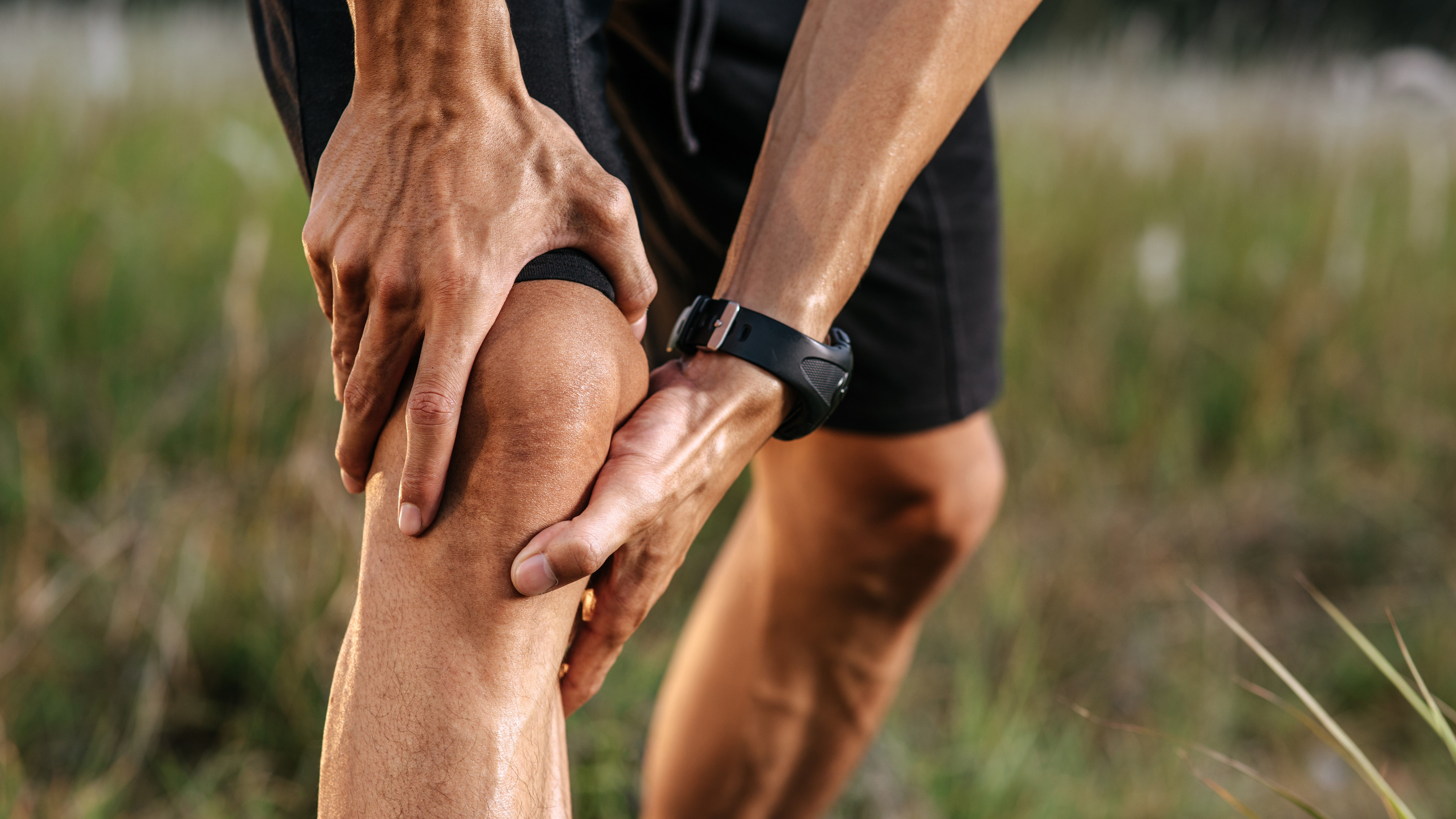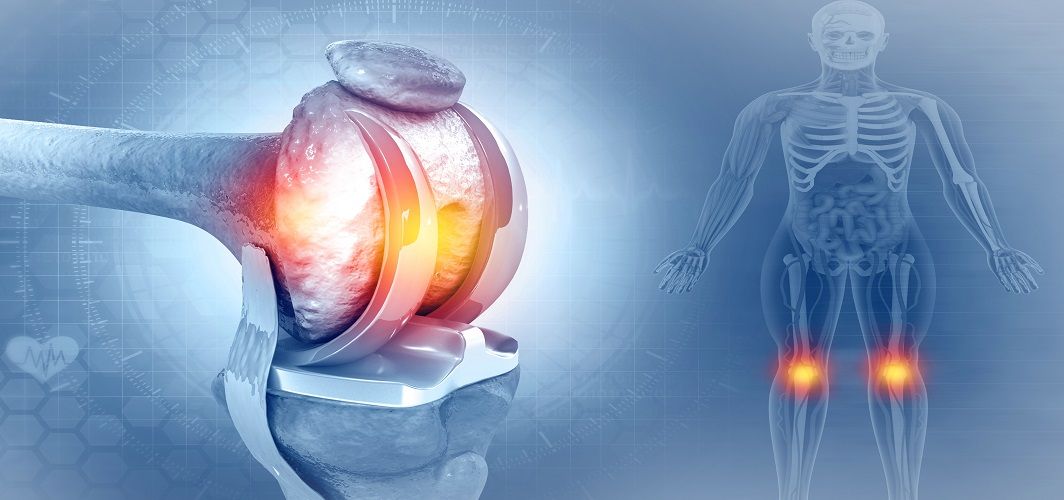Orthopedic Conditions
Importance of Bone Mineral Density Test
8 min read
By Apollo 24|7, Published on - 18 October 2023
Share this article
0
0 like

Bone Mineral Density (BMD) test refers to the measurement of the amount of minerals, such as calcium and phosphorus, present in your bones. It is an important indicator of bone health and strength. Also known as bone mineral densitometry, it is a non-invasive procedure that helps assess the density and quality of your bones. Knowing your bone mineral density can also help guide lifestyle modifications and preventive measures to reduce the risk of fractures. In the subsequent sections, we are going to delve further into the causes, risk factors, and consequences associated with osteoporosis. We will also explore in detail the role of BMD testing in preventing osteoporosis as well as tips for a healthy bone.
What is Osteoporosis?
Osteoporosis is a condition that weakens bones, making them prone to fractures. It occurs when the body loses too much bone or does not make enough new bone. The main cause of osteoporosis is an imbalance between the process of bone formation and bone resorption. In other words, the body breaks down old bone faster than it can replace it with new bone, which results in a decrease in bone density and strength over time.
Osteoporosis is a significant public health concern in India, with estimates suggesting that around 61 million people are affected by this condition. Furthermore, it is projected that by 2025, India will have one of the highest numbers of hip fractures in Asia due to osteoporosis.
1. Causes of Osteoporosis
Common causes of osteoporosis include:
- Ageing
- Hormonal changes
- Certain medical conditions like rheumatoid arthritis or hyperthyroidism
- Long-term use of certain medications like corticosteroids or anticonvulsants
2. Risk Factors for Developing Osteoporosis
Several factors can increase the risk of developing osteoporosis. Some such factors include:
- Family history of osteoporosis
- A sedentary lifestyle
- Smoking or excessive alcohol consumption
- Low calcium and vitamin D intake
- Certain medical conditions such as coeliac disease or Crohn's disease
3. Consequences of Untreated Osteoporosis
Untreated osteoporosis can lead to severe consequences, including an increased risk of fractures. These fractures can result in chronic pain, reduced mobility, disability, and even premature death.
Furthermore, the expenses linked to addressing fractures resulting from osteoporosis, including bone mineral density test costs, can be substantial. This underscores the significance of early detection and intervention.
What is a Bone Mineral Density Test?
A bone mineral density test is a noninvasive and painless procedure that measures the amount of minerals in your bones. It is also known as bone mineral densitometry or DXA scan.
During the test, a small amount of X-rays is used to measure the mineral content of your bones, typically focusing on the hip, spine, and sometimes the forearm.
1. How is the Bone Mineral Density Test Performed?
The bone mineral density test is quick and painless, usually taking around 10-20 minutes to complete. You will be asked to lie on a table while the scanner arm passes over your body, emitting low-dose X-rays.
Most commonly, the hip and spine are scanned, but occasionally, other areas like the forearm may also be included. It's, however, crucial to remain still during the scan to ensure accurate results.
2. Interpreting the Results of a BMD Test
The results of a BMD test are reported as:
- T-scores: It compares your bone density with that of a healthy young adult of the same sex. A score above -1 is considered normal, between -1 and -2.5 indicates osteopenia, and below -2.5 signifies osteoporosis.
- Z-score: It compares your bone density with people of your age group and sex. An abnormal Z-score indicates that further evaluation is required to explore potential causes of low bone mass.
Who Should Get a Bone Mineral Density Test?
As you age, your bones naturally become weaker and more prone to fractures. Women over the age of 50 and men over the age of 70 are more likely to have lower BMD.
There are specific guidelines for when to get a BMD test. The US Preventive Services Task Force recommends that all women aged 65 years and older should undergo this test. For men, the guidelines suggest considering the test at the age of 70 or earlier if they have risk factors. This is because hormonal changes during menopause in women and age-related hormonal changes in men can lead to bone loss.
However, individuals who have already experienced a fracture due to minor trauma or have medical conditions associated with increased bone loss should also consider getting tested regardless of their age or gender.
Benefits and Limitations of Bone Mineral Density Test
This section explores both the advantages and constraints associated with BMD testing to provide a comprehensive understanding of its role in bone health management.
1. Benefits of BMD Test
Bone mineral density test is a valuable tool in detecting osteoporosis at an early stage. Early detection results in timely treatment initiation, reducing the risk of fractures and improving overall bone health. It can also help in monitoring the effectiveness of treatment and making necessary lifestyle changes to improve bone density.
2. Limitations of a BMD Test
The bone mineral density test does have certain limitations that need to be considered:
- It measures only one aspect of bone strength and does not consider other factors like bone quality or microarchitecture.
- It cannot predict individual fracture risk accurately as it relies on population-based standards for interpretation.
- The bone mineral density test cost can also be a limiting factor for some individuals.
Treatment Options for Osteoporosis
Treatment for osteoporosis aims to strengthen bones, prevent fractures, and manage the underlying causes of bone loss. The choice of treatment depends on factors such as the severity of osteoporosis, the risk of fractures, and individual health considerations. Here are common treatment options for osteoporosis:
1. Medications
When it comes to managing and preventing osteoporosis, the following medications are available that can help improve bone density:
- Bisphosphonates, which slow down bone loss
- Selective oestrogen receptor modulators, which mimic the effects of oestrogen in the body
- Denosumab, which inhibits bone breakdown
- Teriparatide, a synthetic form of parathyroid hormone that stimulates new bone growth
- Calcium and vitamin D supplements that support bone health
2. Hormone Replacement Therapy
Hormone replacement therapy (HRT) is a treatment option specifically for postmenopausal women experiencing osteoporosis. It involves taking oestrogen and progesterone hormones to help slow down bone loss and reduce fracture risk.
However, HRT is not suitable for everyone, as it carries side effects and potential risks such as an increase in the risk of blood clots and breast cancer. It's important to discuss the benefits and risks with your doctor before considering HRT as a treatment option.
3. Surgical Interventions
In severe cases of osteoporosis where other treatment options have not been effective, surgical interventions may be considered.
- One such procedure is vertebroplasty or kyphoplasty, which involves injecting a cement-like material into fractured vertebrae to stabilise them and relieve pain.
- Another surgical option is spinal fusion, where two or more vertebrae are fused to provide stability and prevent further fractures.
These surgical interventions are, however, typically reserved for individuals with severe pain or debilitating fractures.
Prevention Tips for Healthy Bones
Maintaining healthy bones is crucial for overall well-being, and preventive measures can help reduce the risk of bone-related conditions such as osteoporosis and fractures.
1. Dietary Recommendations
Here are some dietary recommendations for optimal bone health:
- Calcium-rich foods: These include dairy products like milk, yoghurt, and cheese for the increased intake of calcium. You can also opt for plant-based sources such as tofu, almonds, and sesame seeds.
- Vitamin D sources: Get enough sunlight exposure and consume foods like eggs, fatty fish (such as salmon and mackerel), and fortified cereals for vitamin D.
- Protein intake: Include protein-rich foods like lean meats, pulses, and legumes in your diet.
- Magnesium-rich foods: Foods like whole grains, nuts, seeds, and green leafy vegetables are rich in magnesium.
2. Lifestyle Modifications
Certain lifestyle modifications can also contribute to maintaining strong bones:
- Quit Smoking: Smoking is known to accelerate bone loss and increase the risk of fractures. Quitting smoking can help improve bone health.
- Limit Alcohol Consumption: Excessive alcohol intake can interfere with calcium absorption and increase the risk of osteoporosis. Limit your alcohol consumption to promote better bone health.
- Weight Management: Being underweight or overweight can negatively impact bone health. Following a nutritious diet and engaging in regular physical activity aids in weight management.
- Reduce Caffeine Intake: High caffeine intake can interfere with calcium absorption. Limit your consumption of caffeinated beverages.
3. Regular Exercise
Regular exercise plays a crucial role in maintaining strong and healthy bones.
- Weight-bearing exercises like walking, jogging, and stair climbing put stress on your bones. This stress stimulates bone remodelling, leading to stronger bones.
- Exercise can help improve balance and coordination, reducing the risk of falls and fractures.
- Strong muscles support and protect your bones. Engaging in resistance training exercises like weightlifting helps build muscle strength.
Conclusion
Bone mineral density testing is necessary for detecting osteoporosis. It helps in identifying individuals at risk of fractures and assessing the effectiveness of treatment plans. By detecting osteoporosis early, the test allows for timely interventions to preserve bone health. Along with getting regular BMD tests, you can prioritise bone health through lifestyle changes. Additionally, it is important to schedule regular check-ups with your doctor to monitor your bone health. Remember, investing in bone health today will pay off in the long run by reducing the risk of fractures and other related problems.
To check your bone health,
Orthopedic Conditions
Consult Top Orthopaedicians
View AllFrequently Asked Questions
Is the bone mineral density test safe?
Is the bone mineral density test safe?
Can I have a BMD test if I have metal implants?
Can I have a BMD test if I have metal implants?
Can I have a BMD test if I am pregnant?
Can I have a BMD test if I am pregnant?
Are there any preparations required for a BMD test?
Are there any preparations required for a BMD test?
How long does it take to receive the results of a BMD test?
How long does it take to receive the results of a BMD test?
Leave Comment
Recommended for you

Orthopedic Conditions
5 Best Massage Oils: Natural Joint Pain Healers
Experiencing joint pain? A massage with any of these 5 crucial joint pain oils can do wonders to quickly ease joint pain, swelling, and tension.

Orthopedic Conditions
Watch out for These Early Signs of Arthritis
Pain, stiffness, and discomfort in the joints may indicate arthritis. Early signs of arthritis may be overlooked and mistaken for an injury or strain.

Orthopedic Conditions
A Complete Guide on Knee Replacement Surgery
Knee replacement surgery involves removing damaged or worn-out parts of the knee joint and replacing them with artificial components. The procedure typically takes a few hours and is performed under general anaesthesia.
Subscribe
Sign up for our free Health Library Daily Newsletter
Get doctor-approved health tips, news, and more.
Visual Stories

Natural Ways to Get Relief from Arthritis
Tap to continue exploring
Recommended for you

Orthopedic Conditions
5 Best Massage Oils: Natural Joint Pain Healers
Experiencing joint pain? A massage with any of these 5 crucial joint pain oils can do wonders to quickly ease joint pain, swelling, and tension.

Orthopedic Conditions
Watch out for These Early Signs of Arthritis
Pain, stiffness, and discomfort in the joints may indicate arthritis. Early signs of arthritis may be overlooked and mistaken for an injury or strain.

Orthopedic Conditions
A Complete Guide on Knee Replacement Surgery
Knee replacement surgery involves removing damaged or worn-out parts of the knee joint and replacing them with artificial components. The procedure typically takes a few hours and is performed under general anaesthesia.


